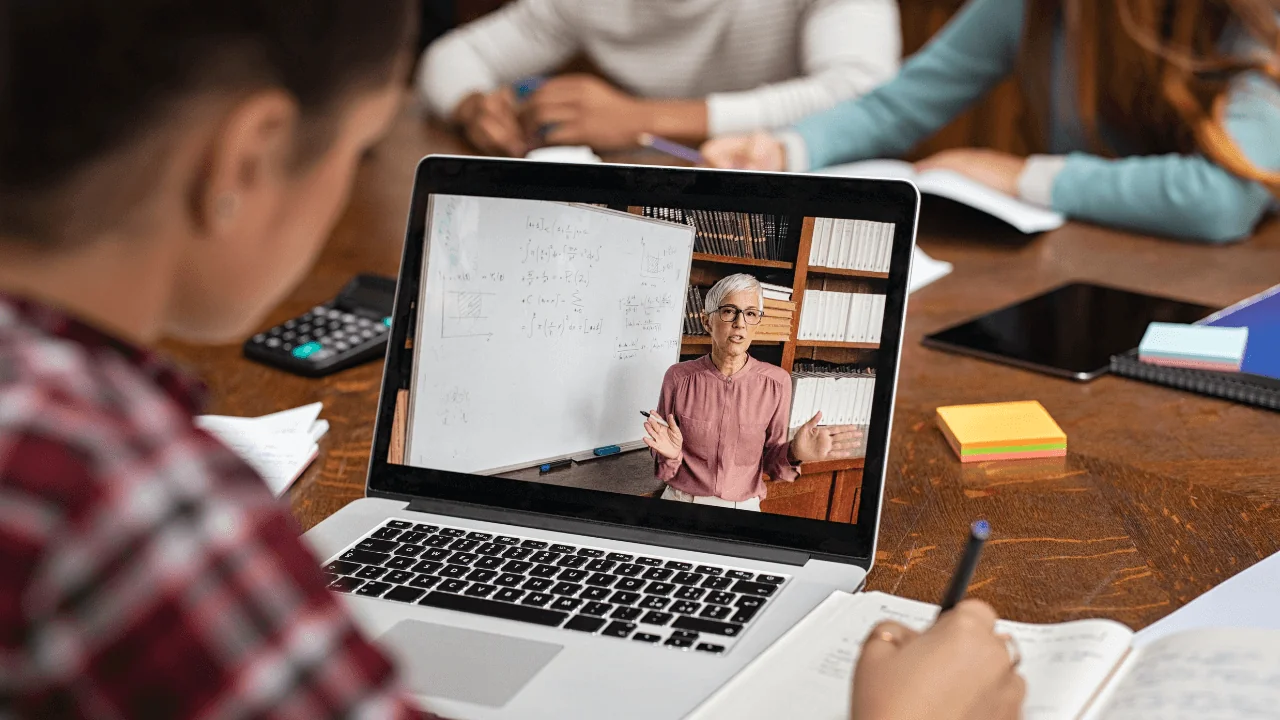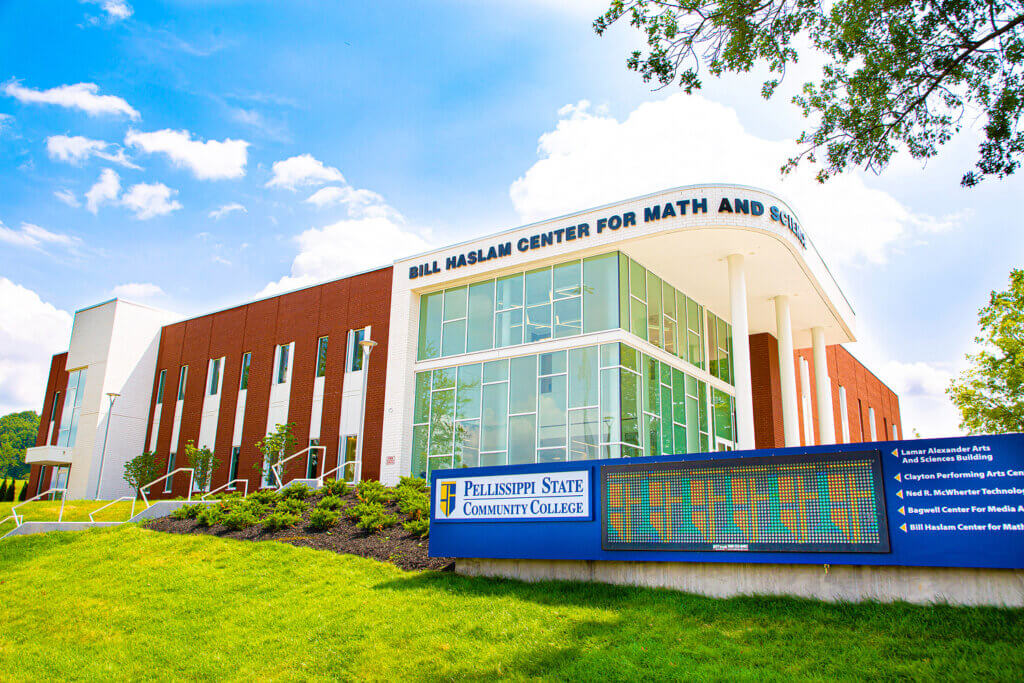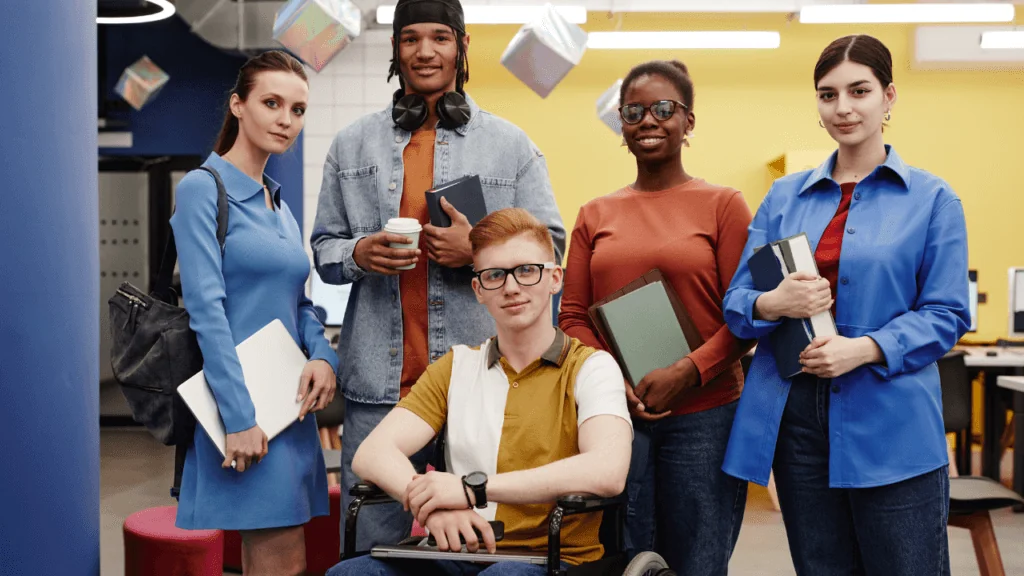Emerging technologies are critical in bridging language gaps in higher education. One innovation making waves is AI-powered audio dubbing for educational content. Here are six ways this technology can transform the learning experience for students and educators:
- Enhance Accessibility and Inclusivity
AI-powered audio dubbing technology allows educational institutions to automatically generate dubbed audio tracks for video content in multiple languages. This significantly enhances accessibility for non-native English speakers and international students. By providing course materials in a student’s preferred language, institutions can ensure that language barriers don’t hinder the learning process.
“One of the most significant advantages of AI audio dubbing is the flexibility it offers to learners. Students can toggle between different language options, selecting the one that best suits their needs.”
- Provide Efficiency and Cost-Effectiveness
Traditional dubbing methods often require significant time, resources, and human intervention. They typically involve several steps, from translation to sourcing and recording voice actors, editing, and more. The process can take weeks or months for a single language.
AI-driven dubbing streamlines this process, allowing for quick and efficient translation of audio content into multiple languages. AI can generate translated scripts and synthesize voice tracks in a matter of hours or even minutes, depending on the length of the content. This not only saves time but reduces costs associated with more traditional methods.
- Offer Personalized Learning Experiences
One of the most significant advantages of AI audio dubbing is the flexibility it offers to learners. Students can toggle between different language options, selecting the one that best suits their needs. This personalization empowers students to engage with content in a way that maximizes their comprehension and retention.
- Improve Comprehension Through Multi-Modal Learning
Many AI dubbing systems, including YuJa’s Generative Audio Dubbing, offer robust captioning capabilities alongside the audio tracks. This multimodal approach to content delivery—providing both auditory and visual reinforcement—can significantly enhance comprehension. Students can listen to the dubbed audio while reading along with captions, which is especially beneficial for language learners and those who process information better through multiple channels.
- Support Diverse Learning Styles
The addition of audio descriptions, which provide context by describing on-screen visuals not captured in dialogue, further enhances the learning experience. This feature is valuable for visually impaired students, but it can benefit all learners by providing additional context and reinforcing key visual concepts.
- Foster a Global Learning Environment
By making content available in multiple languages, institutions can create a more inclusive and global learning environment. This not only supports international students but also prepares all students for a globalized workforce where multilingual communication is increasingly valuable.
Real-World Use Case: El Paso Community College
El Paso Community College (EPCC), a Hispanic-Serving Institution in Texas, highlights how YuJa’s Video Platform technology can significantly enhance higher education. As a border community college serving a diverse student population, EPCC recognized the need for a comprehensive video solution, particularly one with robust captioning capabilities.
Institutional leaders were drawn to YuJa’s Video CMS because of its ability to caption videos accurately. Implementing the Video Platform has become integral to EPCC’s educational approach, more effectively supporting its diverse student body.
“Not only do captions benefit students who are deaf or hard of hearing, they benefit all students,” said Luz Cadena, Director of Distance Learning Support Services and an adjunct history professor at El Paso Community College. “Captions can help students whose first language isn’t English by helping them with language acquisition, it helps students strengthen reading and comprehension. It can also help students learn even if they are in a noisy environment where audio can’t be heard or if a speaker is difficult for them to understand.”
AI-Powered Audio Dubbing Breaks Down Language Barriers
AI-powered audio dubbing is revolutionizing content accessibility in higher education. By breaking down language barriers, it opens up new possibilities for inclusive, global education. As technology continues to evolve, even more sophisticated and nuanced applications will further enhance the learning experience for students worldwide.









